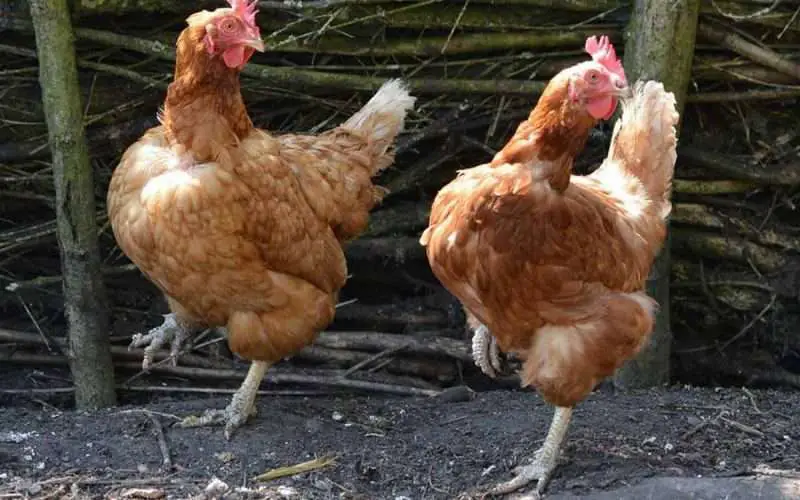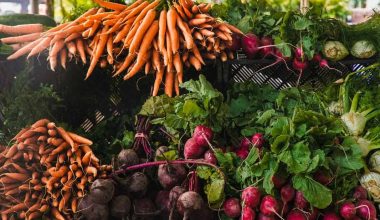Table of Contents Show
Know Your Chicken Breeds
We are all familiar with Henny Penny now, aren’t we? Mother of Chicken Licken, the one who thought the sky was falling down and ran to tell the King.
Just by the way, that is one upright citizen and a dedicated royalist right there!
But, back to Henny Penny, or KFC, or eggs, or whatever you associate chickens and hens with… Have you ever wondered, how many types of chicken there are?
Most of us would be able to think of a couple of chickens, or at most be able to recognise them by their colors.
For instance, there is the common white one with the red crown that seems to have become the brand ambassador for chickens all over the world.
Or there is the black one with the red crown or the slightly speckled brown one. And that is where, for most of us, our knowledge will have reached its utmost limits.
And yet, if you were to ask any breeder, they would tell you right away… There is a lot more to chickens than just the ‘white, brown and black kind.’
So just how many types of chickens are we talking about here? To understand that, it is important to categorize chickens into the following different categories:
20+ Different Types of Chickens for your coop
There are many types of chickens in each category, so I’ll be mentioning the most popular ones in each.
Layers (Brown)
1. Australorp
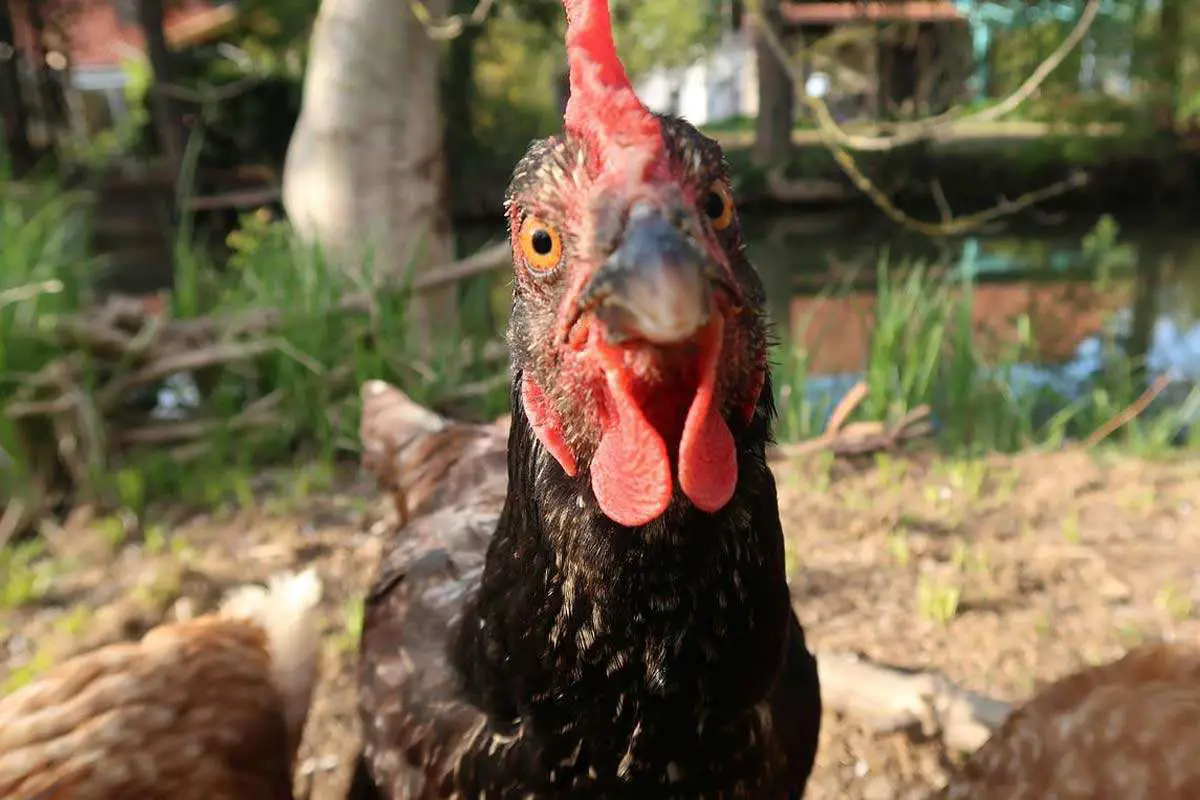
This is one of the best, brown egg laying chicken in the world. A derivative of the Orpington family, the Australorp was brought to Australia from England.
Here it was developed as a separate breed of chicken that received its present name sometime in the 1920s.
Since then, it has been known for its amazing egg-laying qualities; with the average Australorp laying 250 eggs a year. The record, sans any artificial lighting assistance, is one Australorp that lays 364 eggs in a year.
2. Barnvelders
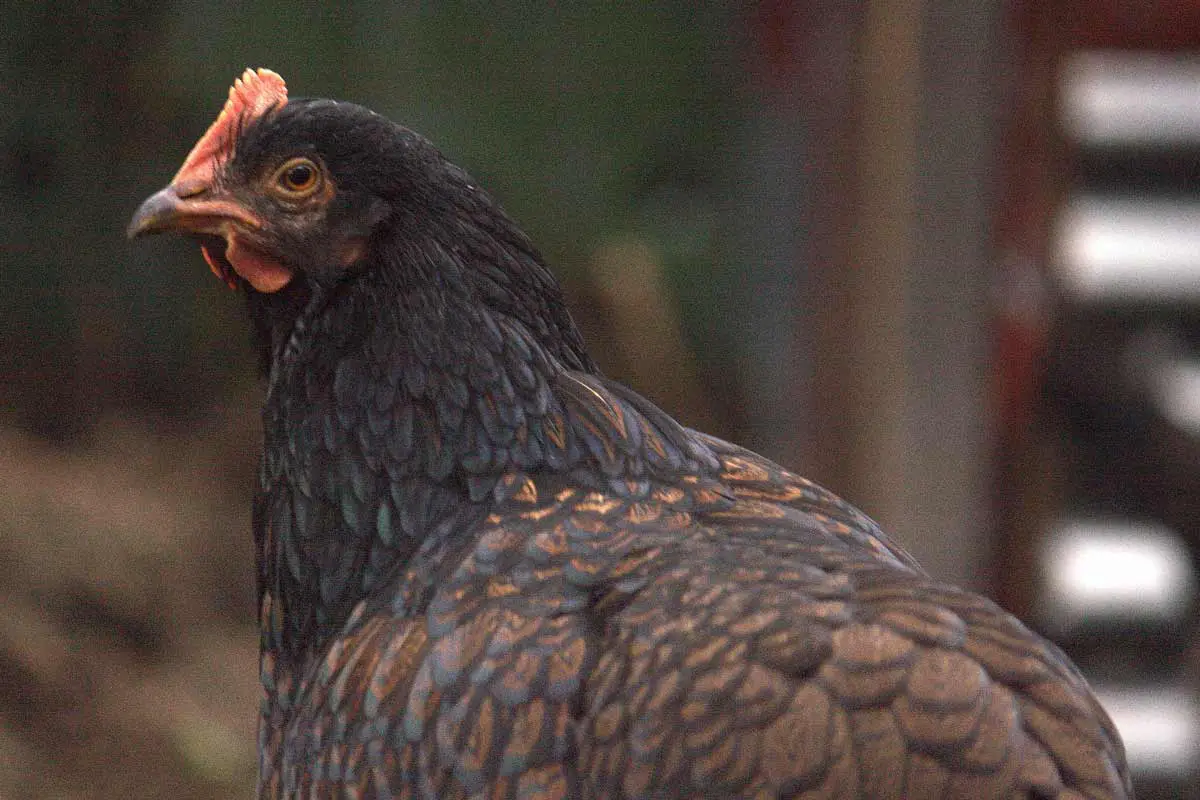
Taking their name from the Dutch town of Barneveld where they were first introduced, this chicken is a medium size one.
It also serves two purposes; it can forage for food easily and is robust at the same time.
On average, the Barnvelder hens lay between 170 to 200 eggs a year, and since they are hardy, they continue to lay a fair amount of eggs during winter.
These birds are friendly and a good option for newbie chicken-keepers.
3. Bielefelder
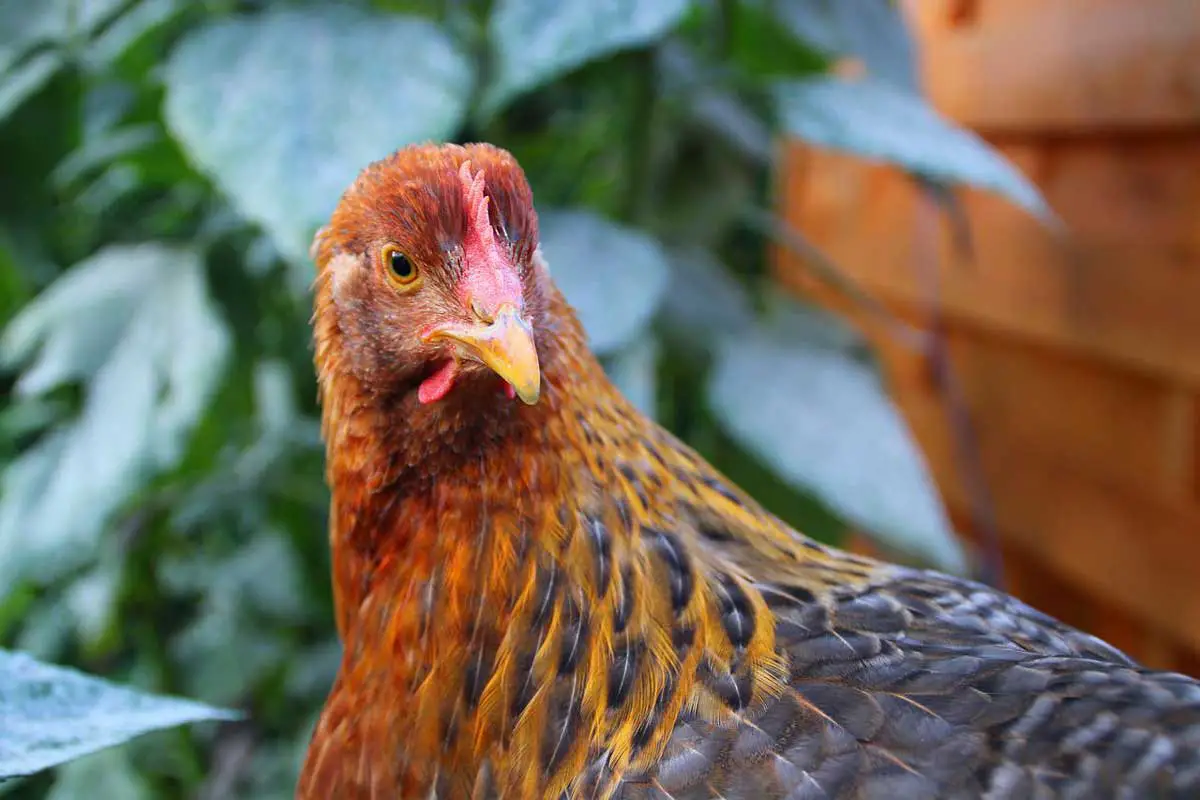
A relatively modern breed of chicken, the Bielefelder is named for Bielefeld, Germany, where it was bred.
A hybrid breed, the Bielefeld gets its genetic material from the Cuckoo Malines, New Hampshire, Wyandotte and Amrock breeds.
One of the biggest benefits of the Bielefelder is that it is autosexing at birth which makes it simple to differentiate between the male and female chickens.
Males have a yellow spot on their heads and are lighter in color while females have a chipmunk-style strip down their backs.
On average, the hens are able to lay 230 eggs a year. The eggs are a curiosity, uniquely brown with tinges of a pink undertone.
4. 55 Flowery Hen
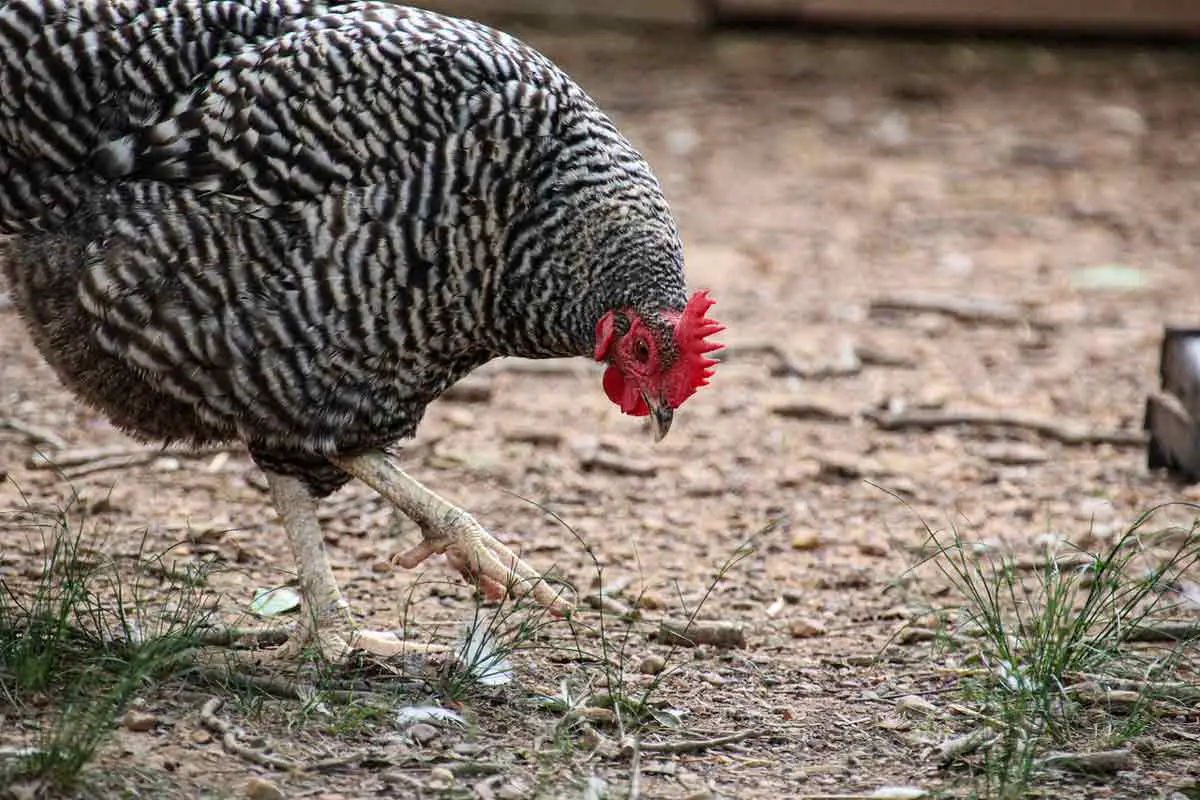
Genetically engineered in Sweden by one, Father Martin Silverudd, the 55 Flowery Hen was his most popular experiment.
Developed in 1955, this chicken has some amazing qualities. It’s an autosexing breed, and it produces large quantities of eggs that are cream-colored, large and round.
Adult males are mostly white whereas females have a spotted pattern, the ‘flowers’ that give these birds their name.
5. Ancona
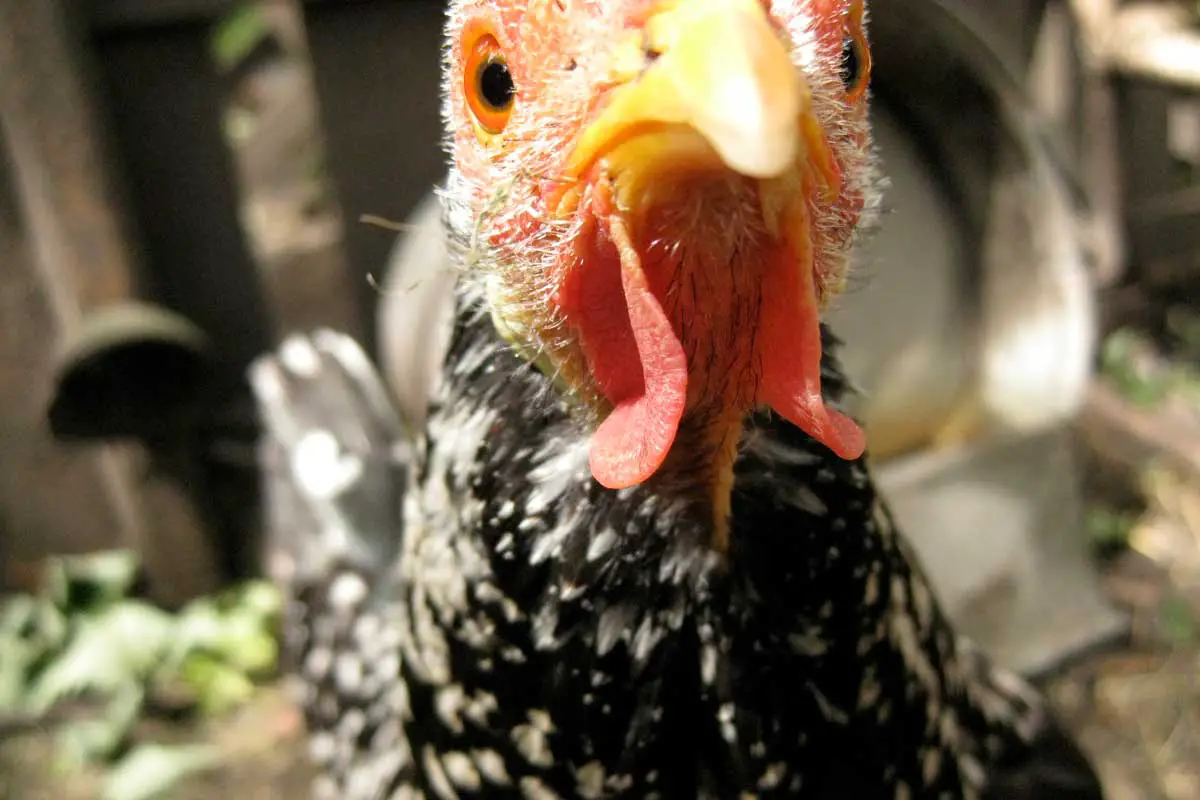
While the Ancona chickens originally came from the Marche region in Italy, they achieved their present form in England during the 19th century.
The breeders tried to ensure that the birds’ plumage was very consistent, which is what gives Anconas their white-tipped, V-shaped, tail feathers.
Their eggs are white, and on average, the hens lay about 220 eggs a year.
6. Leghorn
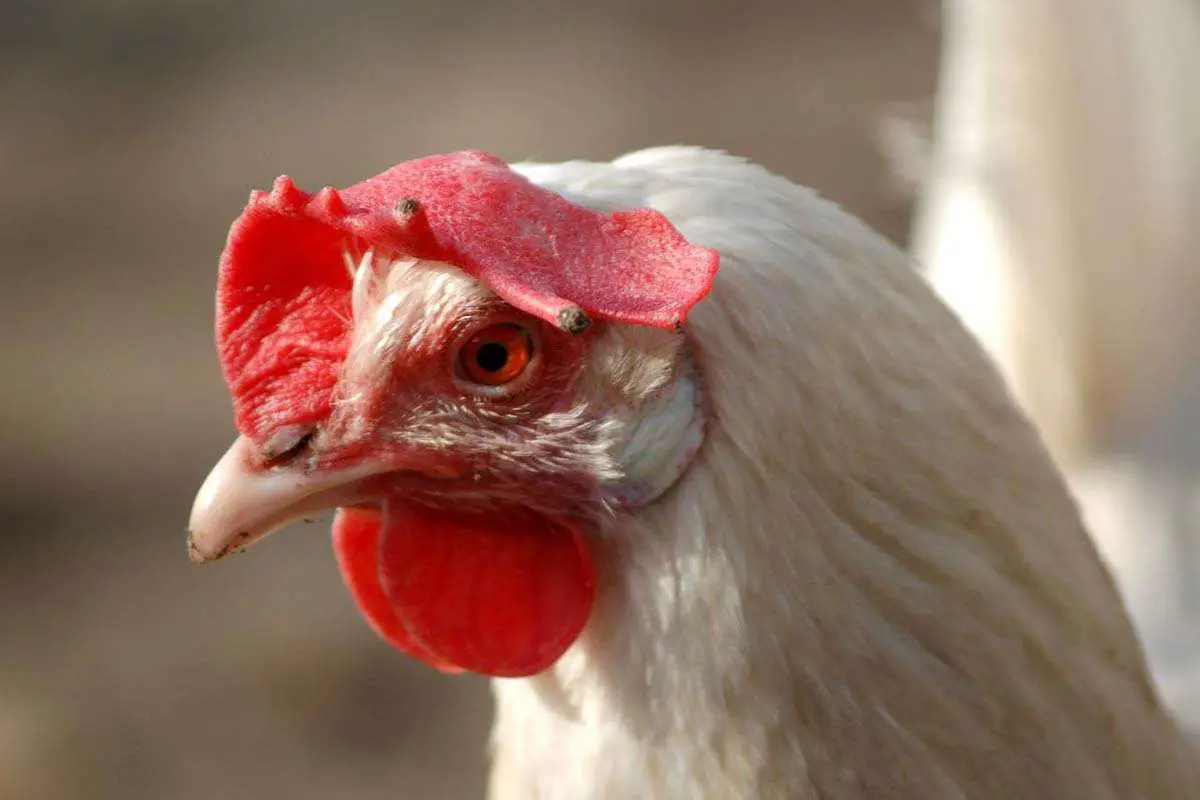
While the Leghorn breed may have been developed simultaneously in the USA and England, its ancestors were certainly Northern Italian.
The chickens themselves are very active and robust foragers as well as easy breeders. Their average egg-output is 280 to 300 eggs a year.
The Leghorn breed is, almost exclusively, the sole provider of the white eggs we see in grocery stores.
7. Ameraucana
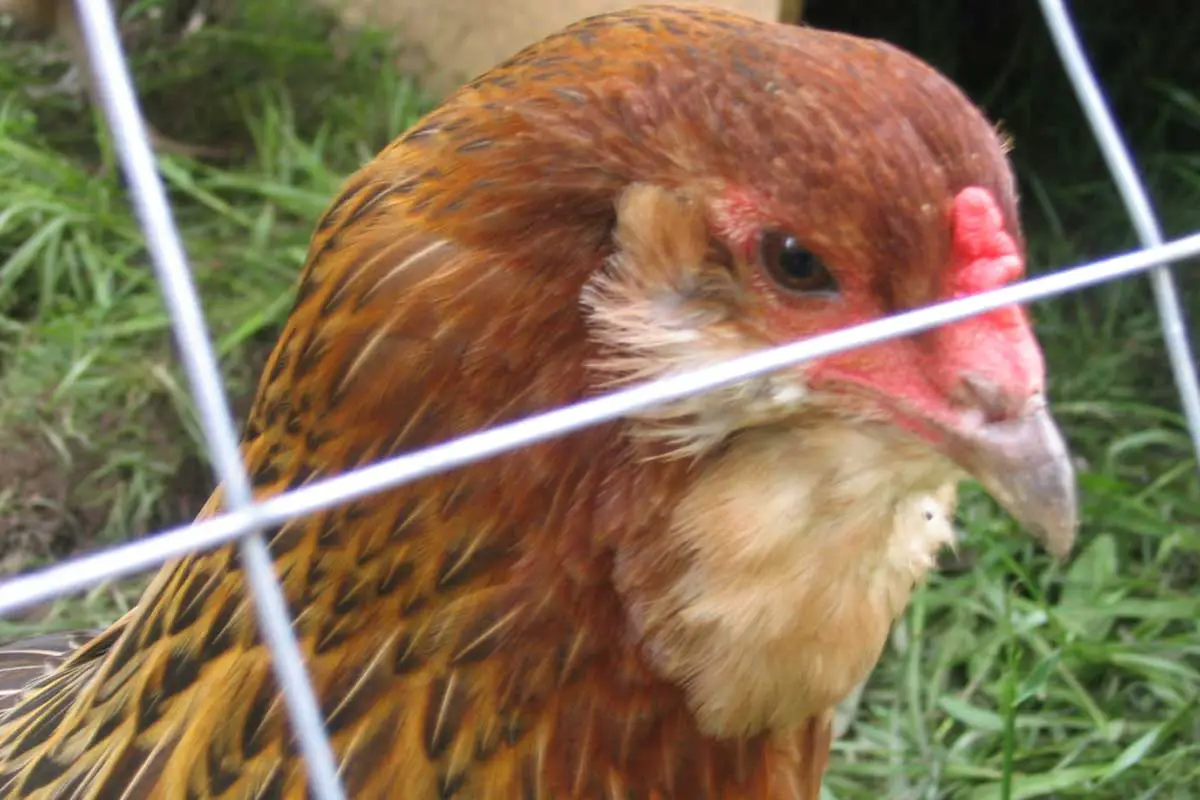
If you are planning on getting yourself an Ameraucana chicken, be wary of not confusing it with the more readily available Americanas breed.
The Ameraucanas, descended from Chilean Araucanas, were bred in the US in the 1960s to 1970s. Their eggs are a pale blue color, just the right shade to give your egg basket that happy, merry glow.
The chickens have white skin with legs that are either slate or black in color, a pea comb, muffs as well as beards. The birds come in various colors including white, black, wheaten, blue, silver and buff.
They lay about 250 eggs a year, and can be an amazing addition to your chicken coop. Just ensure you are getting your chicken from a reputable supplier.
BBQ Specials
1. Barbezieux
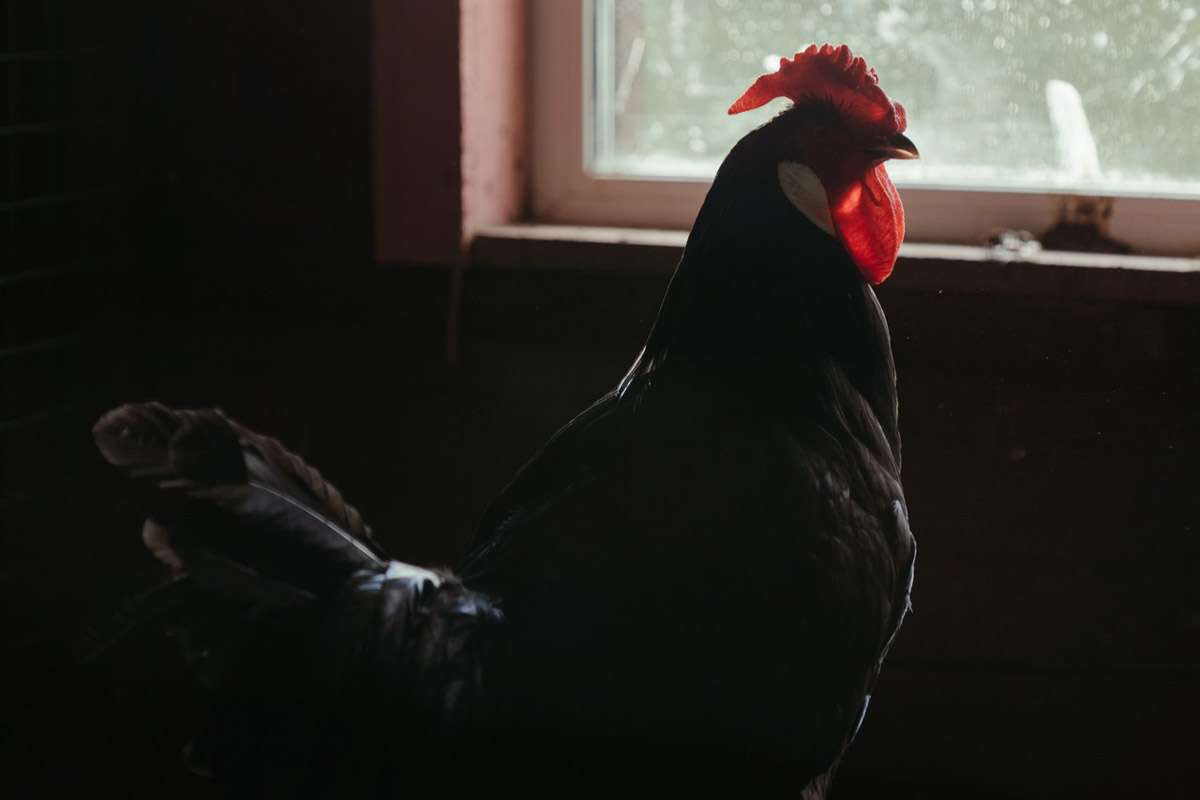
During the Middle Ages, the Barbezieux was bred into existence in France. These birds are stunning both in the coop and on the table!
Adult birds can grow to weigh between 9 to 12 pounds, and roosters may even be able to reach heights of 2 feet. They are considered to be Europe’s tallest chicken. They have iridescent feathers that are beetle black, as well as an enormous comb and wattles. They have blue legs and white skin.
These chickens are great to keep in flock as layers as they lay a lot of white eggs. Their beef is also considered to be really high quality.
Some foodies would even go so far as to say it’s even better than the legendary Bresse! Barbezieux meat is solid and has a particular taste with a hint of wild animal taste. The roasted skin is golden in color and has a faint ‘wheat’ aroma.
2. Basque Chicken
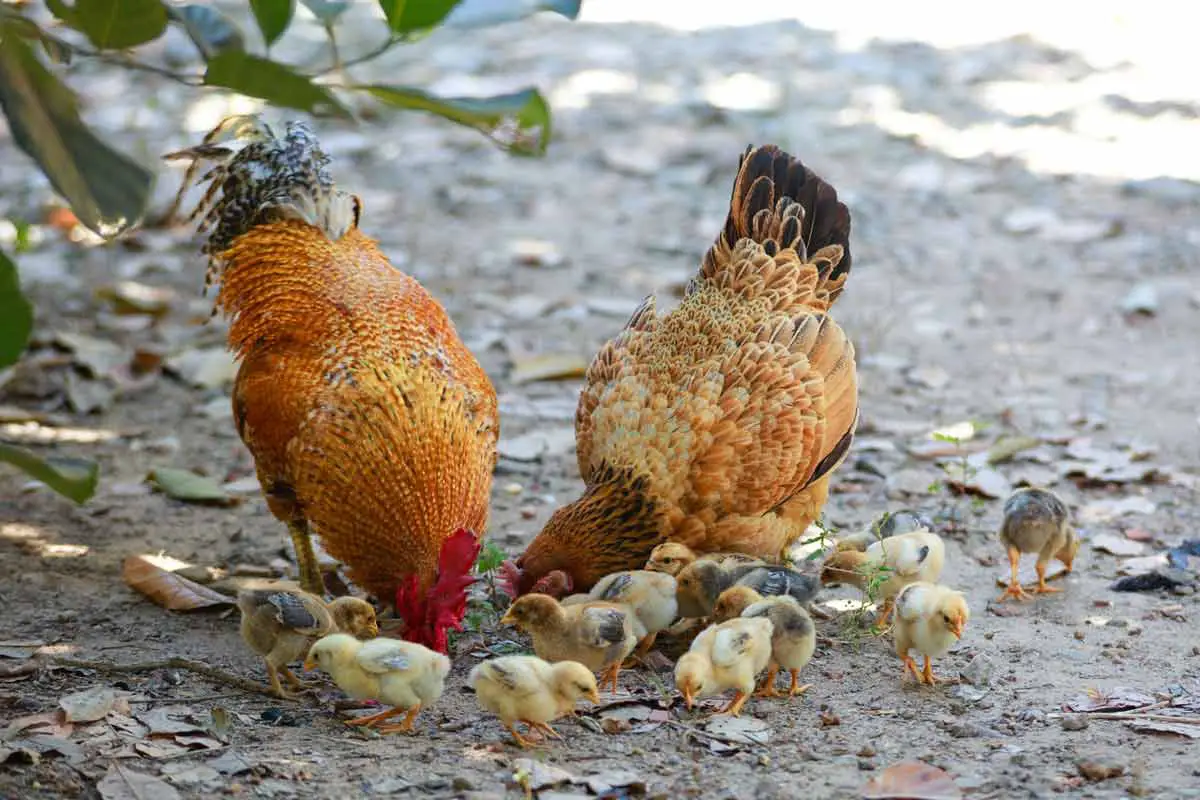
These birds are native to Basque region in France. The region, having rough and rugged conditions has caused these birds to adapt to those harsh conditions.
This is why these birds are somewhat free ranging birds due to their excellent inherent foraging skills. This quality has made them extremely attractive to breeders in the United States.
These birds have yellow legs, feet, and skin. They have a single brilliant red comb and tiny, pointed red earlobes. Beltza (black), Gorria (red), Lepasoila (naked-necked, red-brown), Marraduna (golden cuckoo), and Zilara(black-tailed white) are the five color variants.
The Basque chicken grows to be a medium sized chicken with the roosters weighing about 9 pounds. This means a single chicken provides plenty of meat for the table.
These chickens also lay over 200 large brown eggs in an entire year so keeping them for eggs is also an option. They are friendly birds and great to have around as a pet also.
3. Bresse
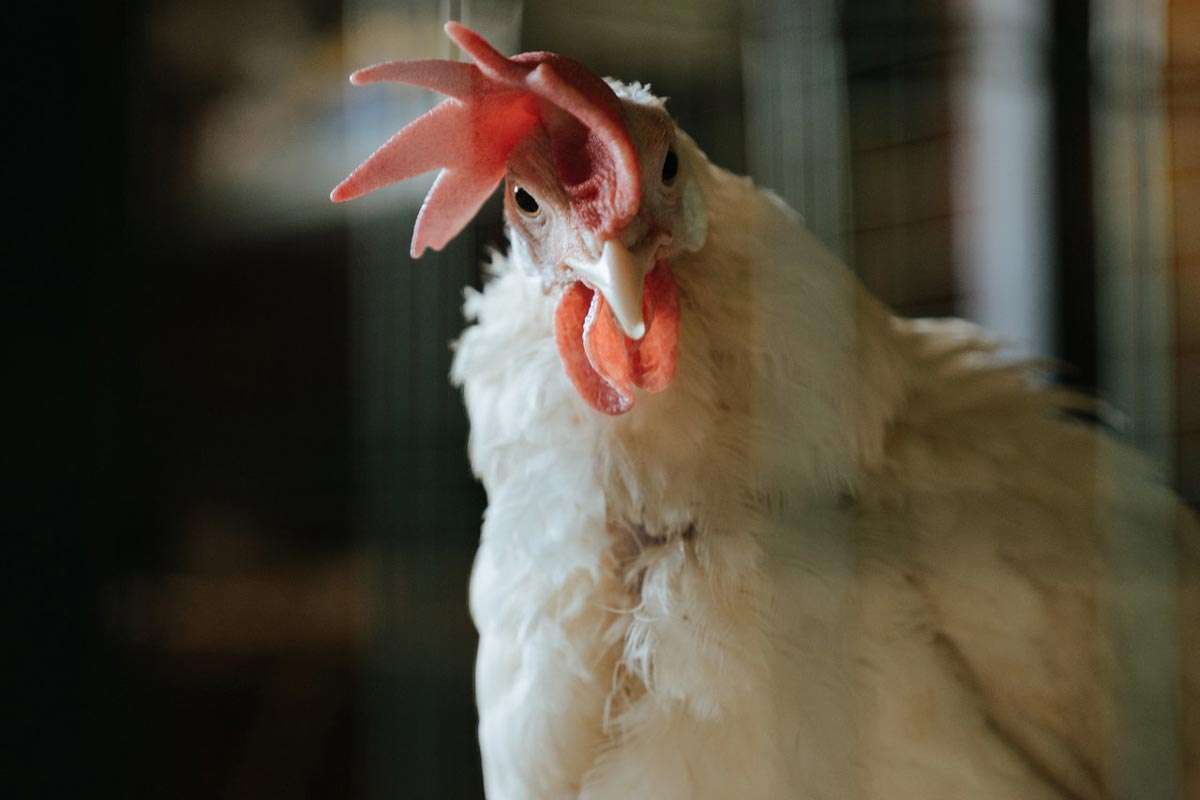
Bresse is regarded as the world’s greatest tasting chicken. Since these are premium poultry birds, they must be raised within a legally specified territory of the historic region of Bresse in eastern France.
The French government strictly controls the growing and sale of Bresse hens in order to maintain the highest quality standards.
These regulations include limits concerning how much land they can have, what they can eat, and how they must be processed. There are around 200 breeders who produce 1.2 million birds every year in total.
A Bresse bird is an expensive delicacy in order to preserve the authenticity the chicken legs are banded. This is one of the reasons why authentic premium Bresse is so expensive.
The Bresse chicken, as the chicken of France, has an appearance that resembles the flag of France. A red comb, white skin and blue legs.
4. Cornish
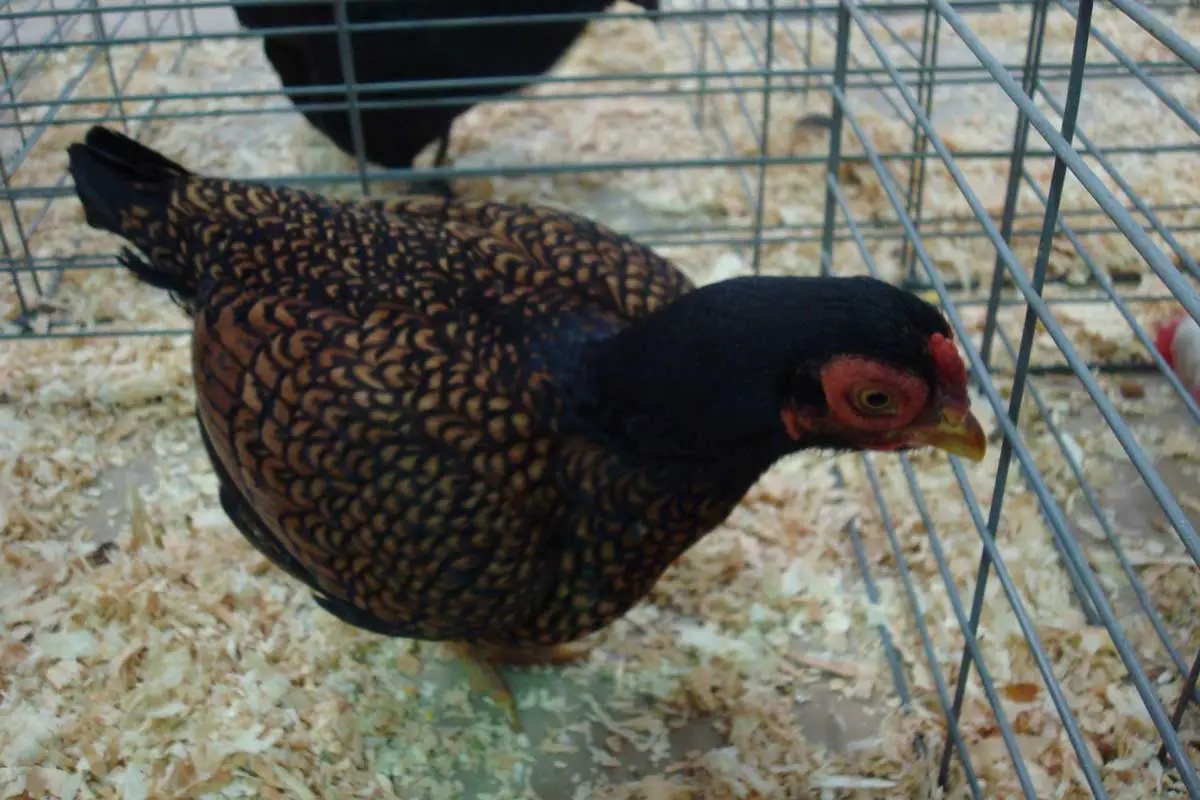
In terms of accomplishing its initial goal, the Cornish was a colossal flop. Sir Walter Raleigh Gilbert of England created the breed, which he initially called the “Indian Game.”
He aimed to mix the speed of an English game bird with the might of an Aseel game bird. He obtained a bird that lacked both of those characteristics.
Their saving grace was how quickly they grew rather muscular. This allowed young single pound chickens to be harvested as tender and flavourful birds. Another niche market this bird has, is being used to breed with other chickens to produce fast growing new breeds.
Although these niche markets were explored in the 1900s, this chicken was originally marketed falsely in the 1800 as an all around ordinary use fowl even though it might just be the worst breed for the purpose.
5. Gallina di Saluzzo
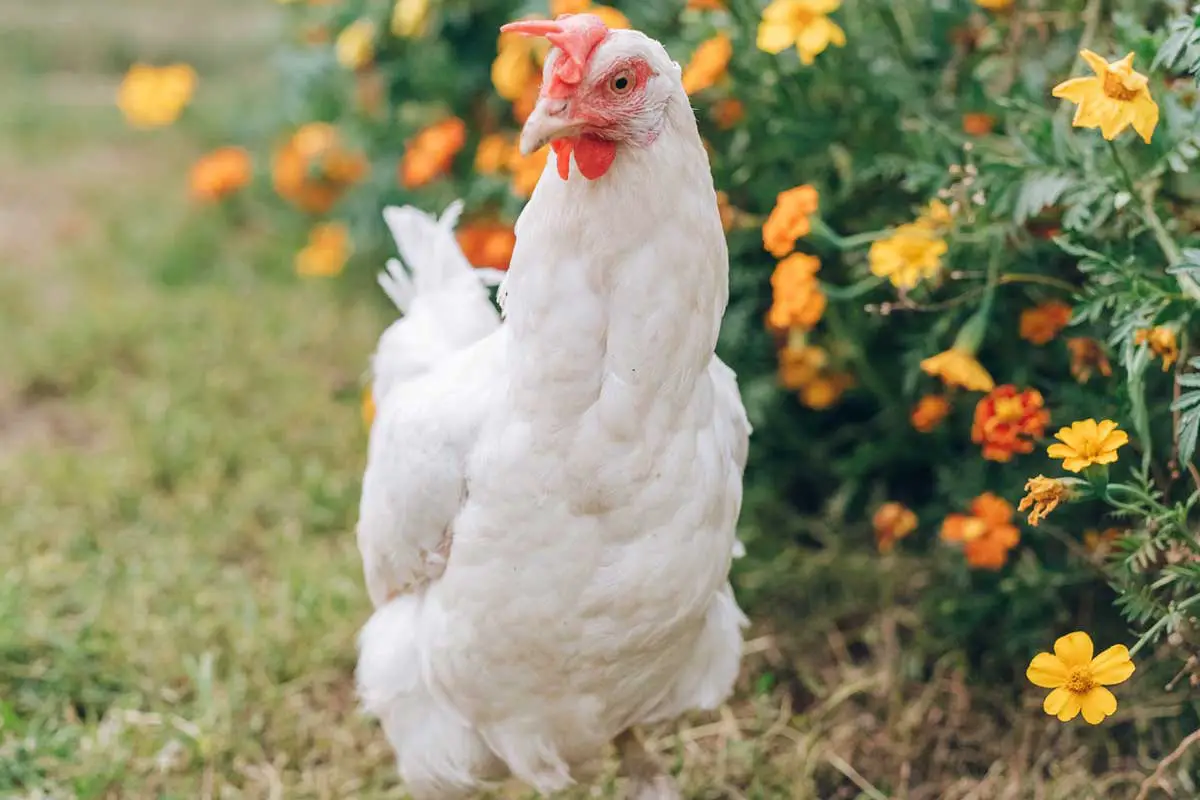
The Gallina di Saluzzo, or “white fowl of Saluzzo,” is an Italian dish from the Piedmont region. It is a rustic breed that was previously common throughout the region.
Small family farms are abundant in the region, and the animals grown there were originally meant for family consumption.
With the rise of intensive and commercial agriculture, this breed, like other pasture-raised breeds in the area, nearly vanished. Because of the breed’s historical relevance to the region, recovery attempts began in 1999.
The Gallina di Saluzzo is a breed with two functions. While hens hatch around 180 white eggs each year, this breed excels at the dinner table. The high quality of their meat is due to considerable breeding and highly particular feeding procedures.
These are probably the most typical looking chicken breed out there. With white feathers, white skin, a red comb and yellow beak and feet. These birds usually weigh between 4 and 6 pounds. This classifies them as a medium to small sized bird.
Bantams
1. Barbu D’uccle
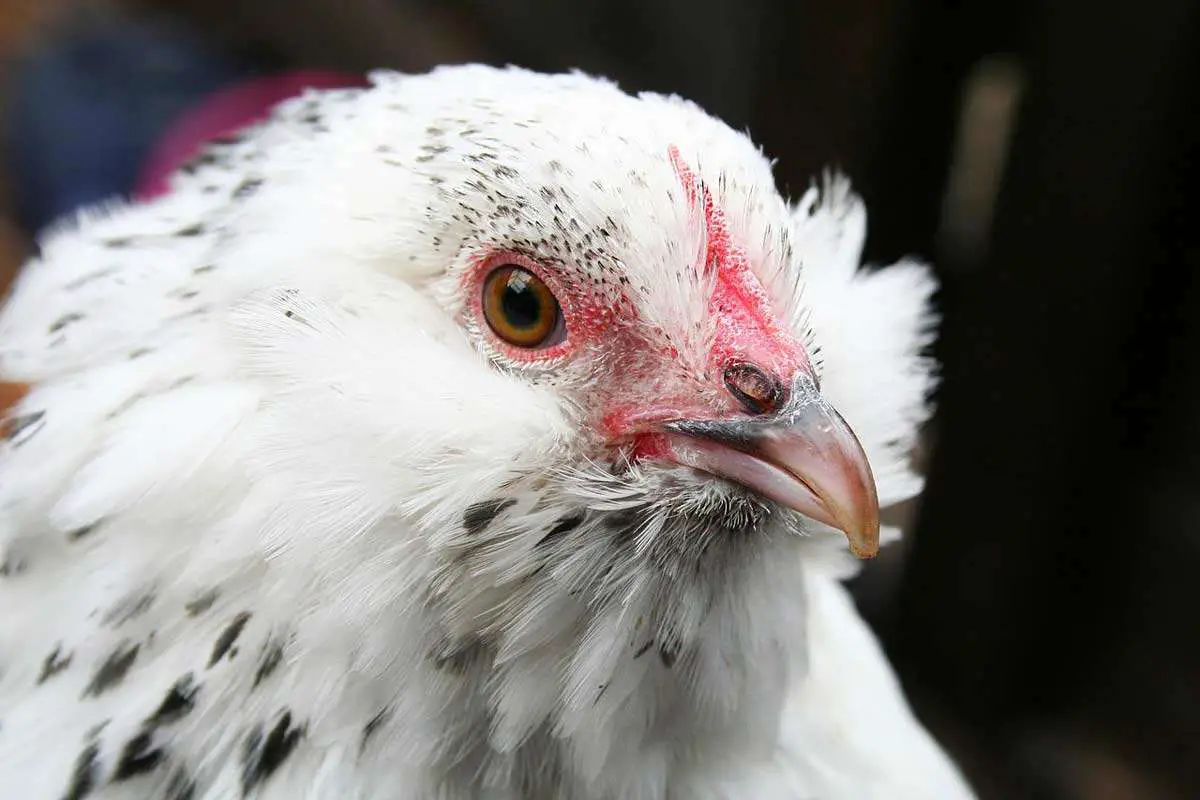
The Barbu D’uccle is a kind of Belgian bantam. They were created in the town of Uccle, which is located on the outskirts of Brussels.
These chickens sport a beard and muff, as well as complete hackle feathers around their neck. Hens weigh around 20 ounces.
There are seven recognized kinds of Barbu Dúccle in the United States: Black, Golden Neck, Mille Fleur, Mottled, Porcelain, Self Blue, and White. The Mille Fleur, which translates to “Thousand Flowers,” is a popular cultivar.
These birds are noted for their secretive, quirky faces and have charming, kind attitudes. Hens lay cream-colored eggs.
They are a must-have for bantam aficionados or anyone who wants a pet chicken but has limited room!
2. Belgian Antwerp D’anvers
The Belgian Antwerp d’Anvers is one of the earliest authentic bantam breeds, dating back to the 1600s. Their bodies are erect, with a spherical breast projecting forward and an arching tail.
They have a thick beard of feathers that covers their earlobes, as well as a little rose comb. Roosters weigh around 24 ounces, while hens weigh about 21 ounces.
These birds are available in a variety of colors. There are 29 authorized colors in Belgium. These birds make wonderful pets and are amiable to people if given enough space and freedom.
3. Booted Bantam
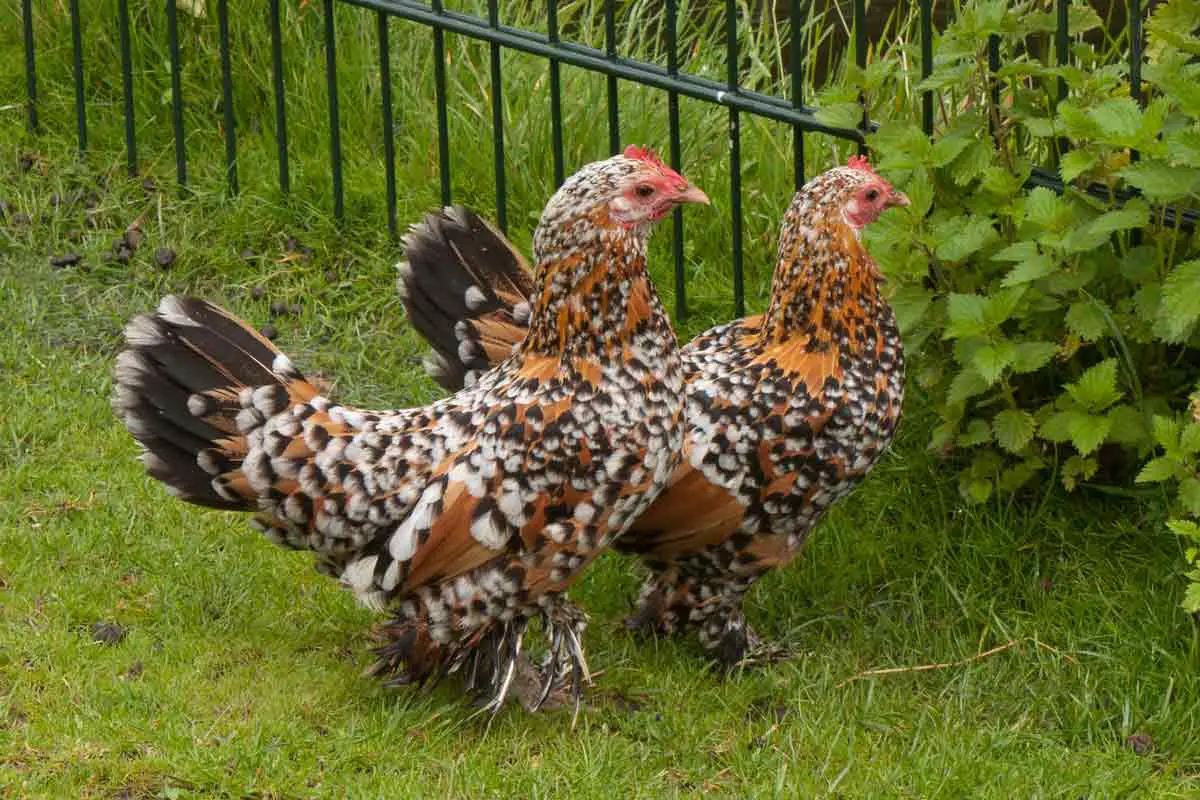
The Booted Bantam is known by several different names. In German, it is known as “Federfuflge Zwerghuhne,” in Dutch as “Sabelpoot,” and in the United Kingdom and Belgium as “Booted Bantam.” They are distinguished by their excessive feathering on their feet and legs.
Hens weigh around 22 ounces, while roosters weigh about 27 ounces.
They are almost entirely an exhibition bird and come in over 20 color variations, the most popular of which is the Lemon Millefleur in the UK.
When maintained as pets, they are sociable and peaceful. They are excellent foragers, and hens often get broody. Booted Bantams are closely related to Barbu d’Uccles.
4. Chabo
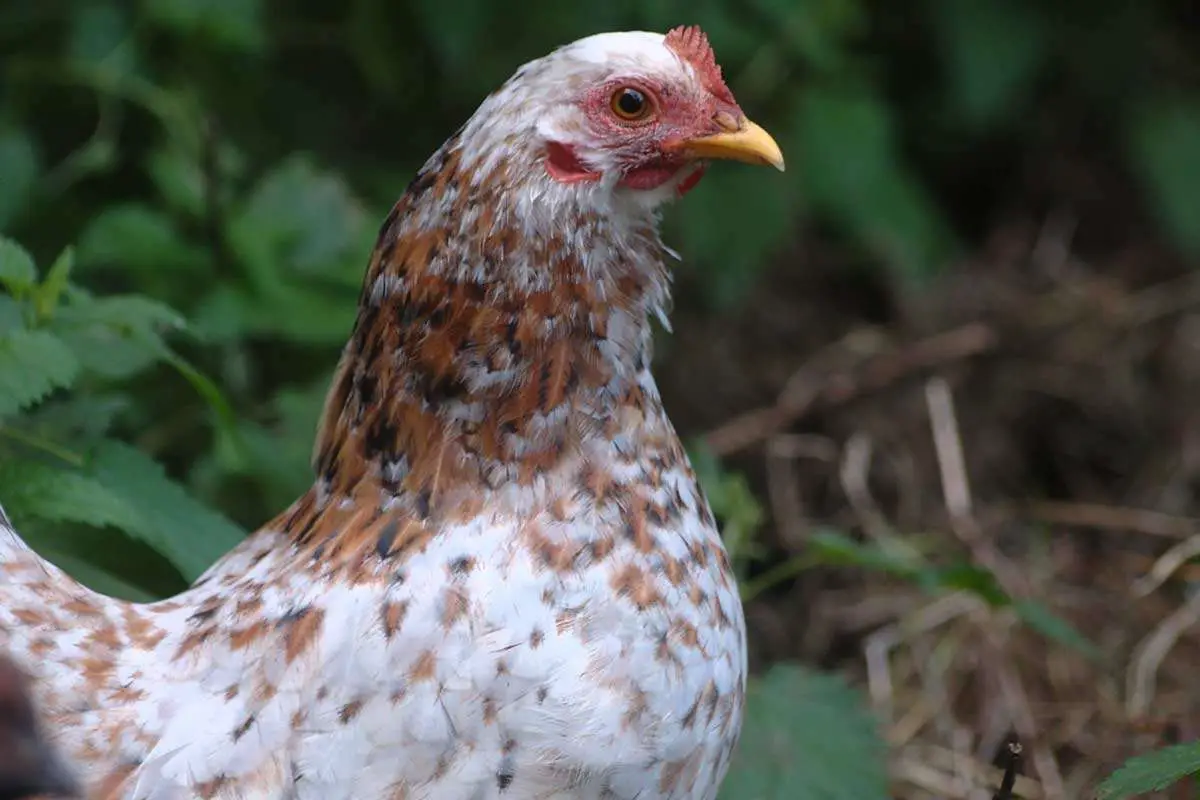
The biggest true bantam breed is the Chabo, often known as the Japanese bantam. Their thick, erect tails tower over the birds’ heads.
They are available in a variety of colors, as well as frizzle and silkie variations. Roosters weigh somewhat more than one pound, while hens weigh slightly less. Cream-colored eggs are laid by hens.
Chabos have extremely small legs. Because their little legs can’t do much harm when digging, this breed is great for homes with delicate lawns and gardens!
5. Dutch Bantam
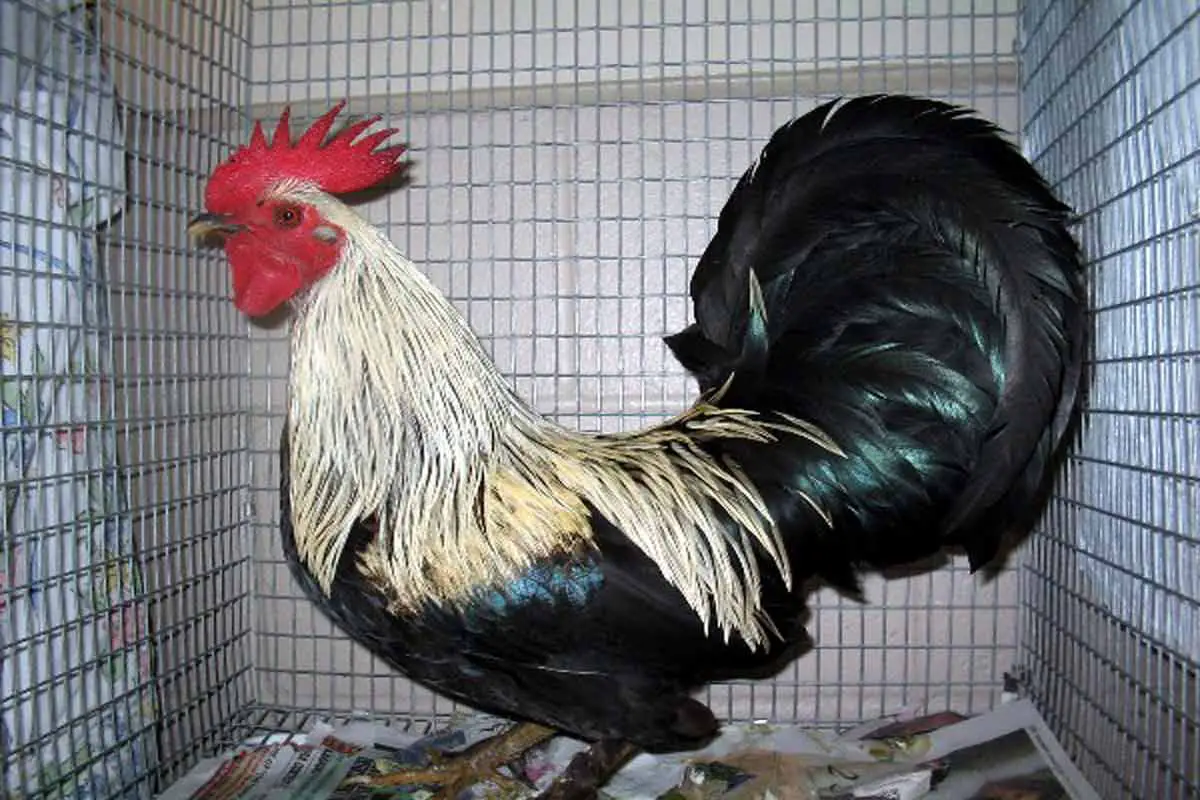
The Dutch Bantam is a real bantam breed that originated in the Netherlands. They are among the tiniest bantams, weighing only approximately 15 ounces. Because they are little but have huge wings, they can fly rather well.
Dutch Bantams are particularly resilient and productive layers for their size. Despite their modest size, hens lay roughly 160 cream-colored eggs every year. They have warm personalities and are excellent family pets!
6. Nankin
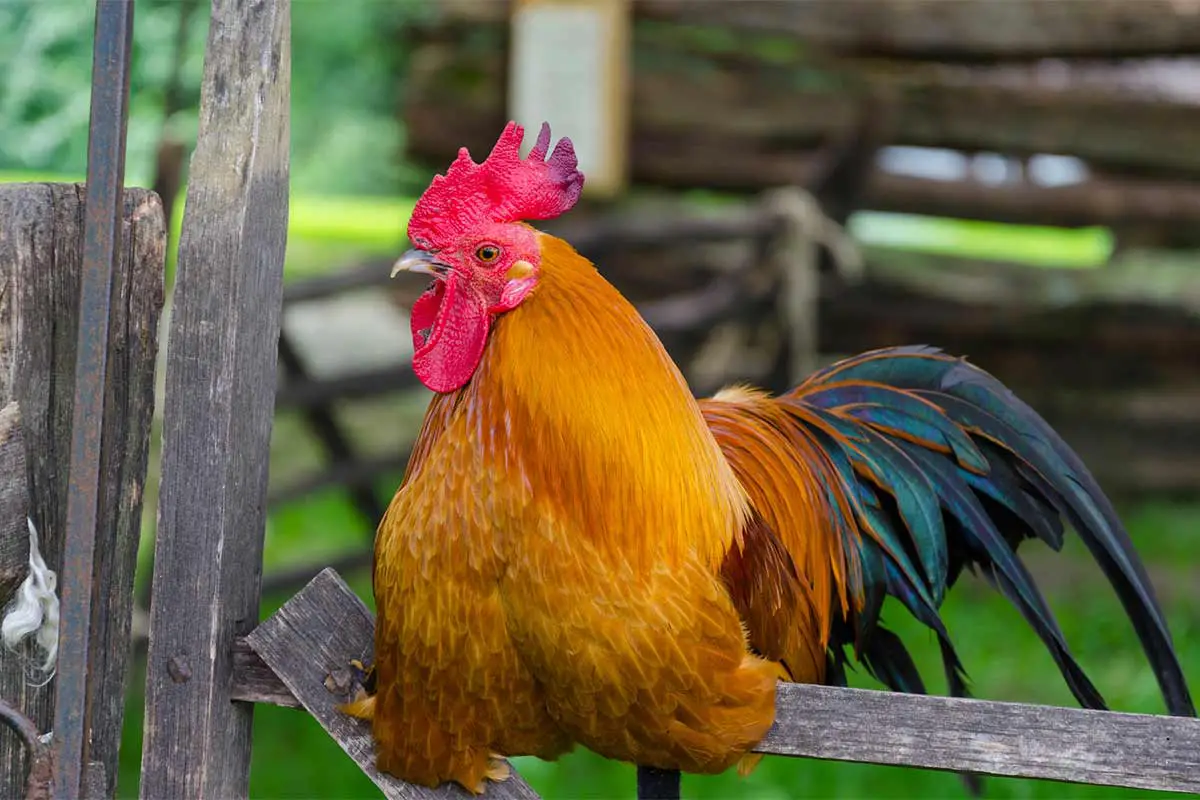
The Nankin is an ancient bantam breed. Many additional bantam breeds, like the Sebright, were developed using this breed. Their bodies are rich chestnut in color, with a black tail and flying feathers. Females weigh around 22 ounces and roosters about 24 ounces.
Nankins have a pleasant attitude and are peaceful. They are uncommon in that they keep quite close together in a flock and seldom leave it. This might be owing to their modest size—safety there’s in numbers!
Chickens are known to be especially broody and to enjoy hatching eggs, frequently sitting on the eggs of other hens in addition to their own.
Ornamental Breeds
1. Cochin
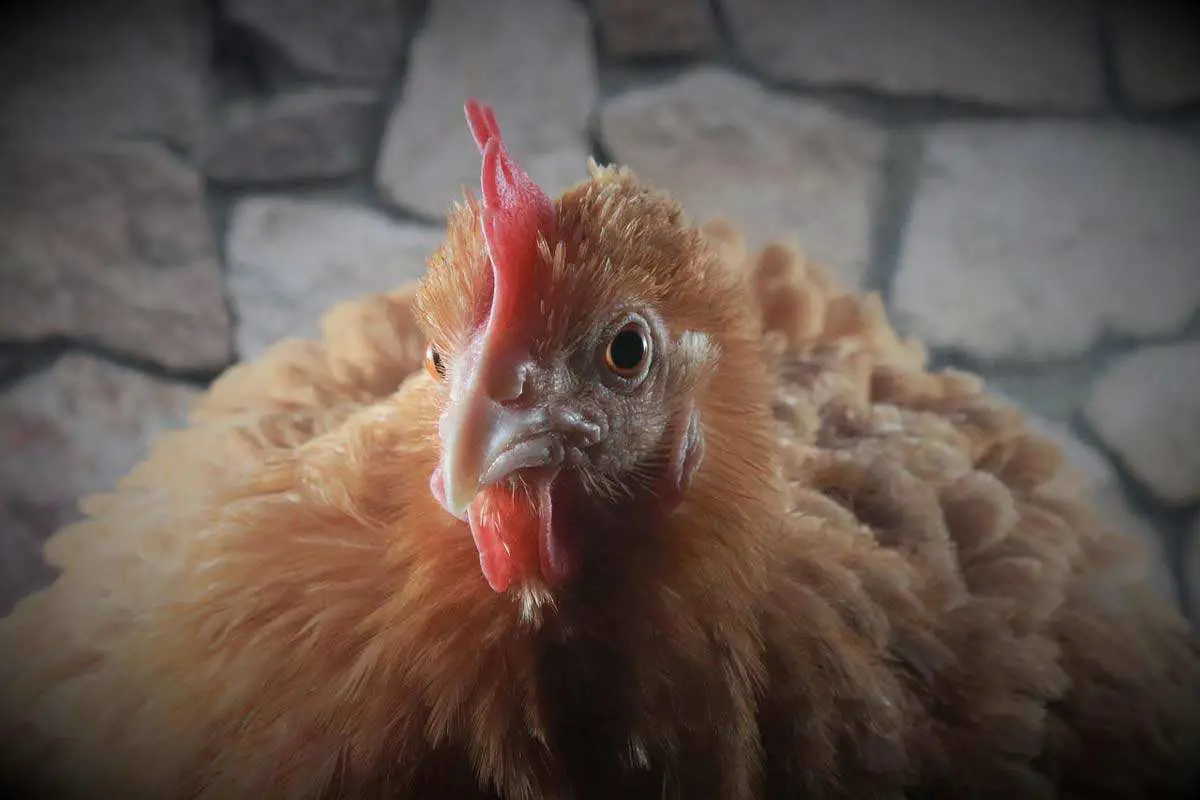
Although the Cochin is a breed native to China, they were partly responsible for the “hen fever” that, in the 1850s had consumed Americans and English alike.
They can grow up to 10 pounds in size, are sturdy enough to survive in cold climates. Both male and female specimens are broody by nature and are a great choice, even for hatching chicks of other birds.
Cochins are available in buff, white, golden laced, silver laced, barred, blue, partridge and brown colors.
2. Silkie
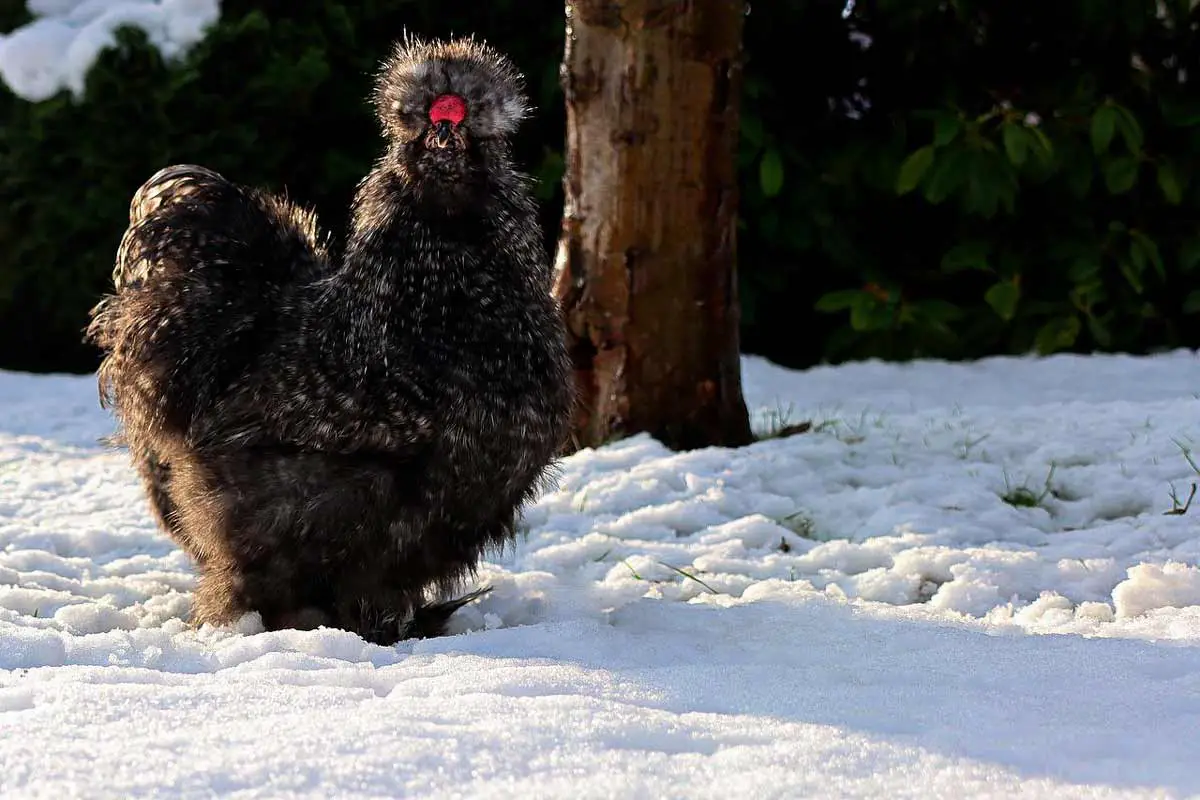
Although the exact origins of Silkie breed of chicken is unknown, one thing is for sure; this chicken comes from the mysterious Far East. They were mentioned in Marco Polo’s memoirs, back in the1300s, who documented meeting a ‘furry chicken.’
The most ornamental chicken breed going, Silkies, possess feathers that feel a lot like hair. You will also find them to be extremely friendly, tame and very broody.
Black skin and bones, a comb shaped like a walnut and earlobes that are a turquoise shade, are other physical attributes of this chicken. While they have varicolored feathers, the structure doesn’t allow for flying or getting wet.
Rare and Unusual Breeds
1. Altsteirer
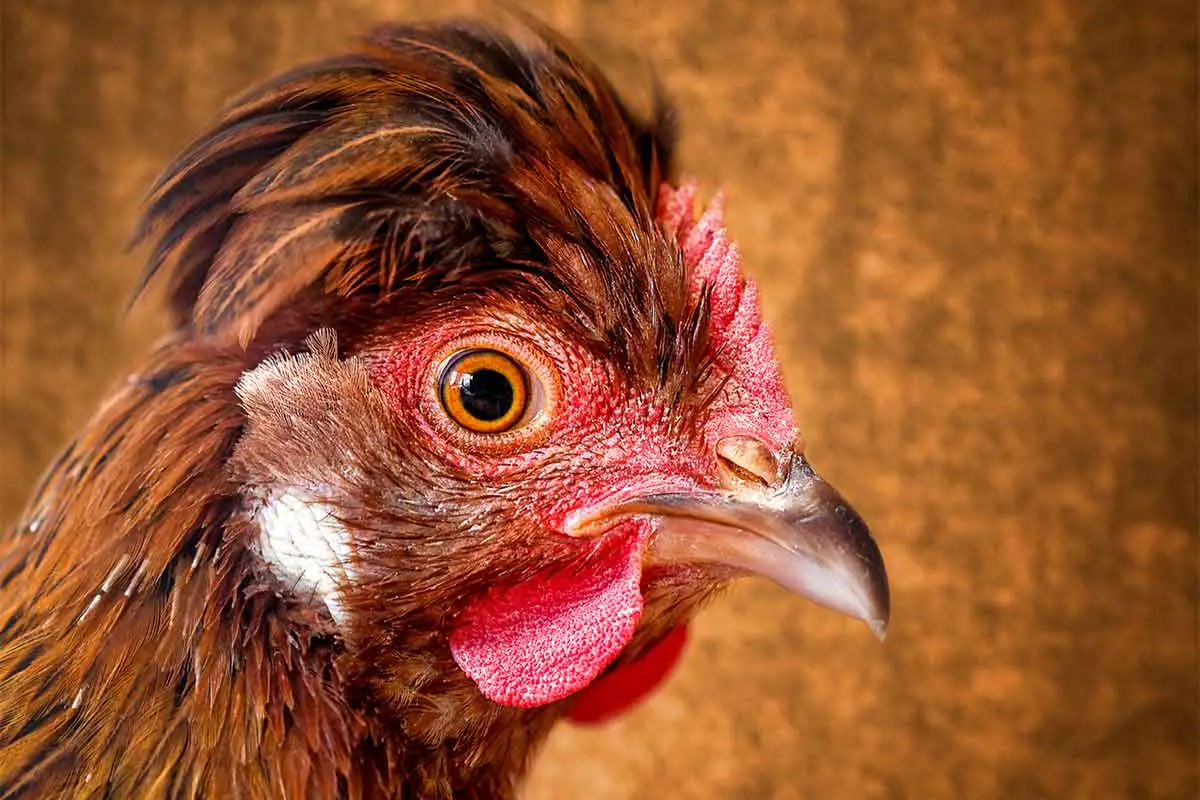
The Altsteirer is an ancient breed that may date back thousands of years, although the first mention of it dates back to the 13th century.
It is one of Europe’s oldest recognized breeds, having originated in the Styria area of Austria and Slovenia. Several morphological traits of this breed are seen in chickens throughout Europe, suggesting that it was used to generate other breeds.
The Altsteirer is a medium-sized dual-purpose breed. Hens lay 180-200 big white eggs every year and are rarely broody. Birds may weigh 4–8 pounds and have a round body that makes a tasty dinner.
They come in many different hues, including partridge, white, cuckoo, and black-breasted red. This breed is extremely uncommon and endangered. If you’re seeking a low-maintenance, one-of-a-kind breed, this may be it. You could help to restore the population!
2. Brussbar
The Brussbar is a dual purpose breed created in the early part of the twentieth century at Cambridge by Professor Punnett and Mr. Pease.
They wanted to produce an autosexing breed with the features of the most popular breed at the time, the Light Sussex.
Brown Sussex and Barred Rocks were employed to generate the autosexing plumage at first, with utility strains of Light Sussex introduced to boost output. In 1952, the breed was formally standardized.
The birds are huge and well-built, like a Sussex. They have unusual crele plumage, a copper and gold body hue, and barring patterns all over their body.
Originally available in both gold and silver, the Brussbar is currently exclusively available in gold. Brussbars were never popular, and the breed barely survived the 1960s. Only one farm was preserving this breed!
They are still quite rare today.
They’re actually so rare, that it was difficult for me to find a picture for them!
